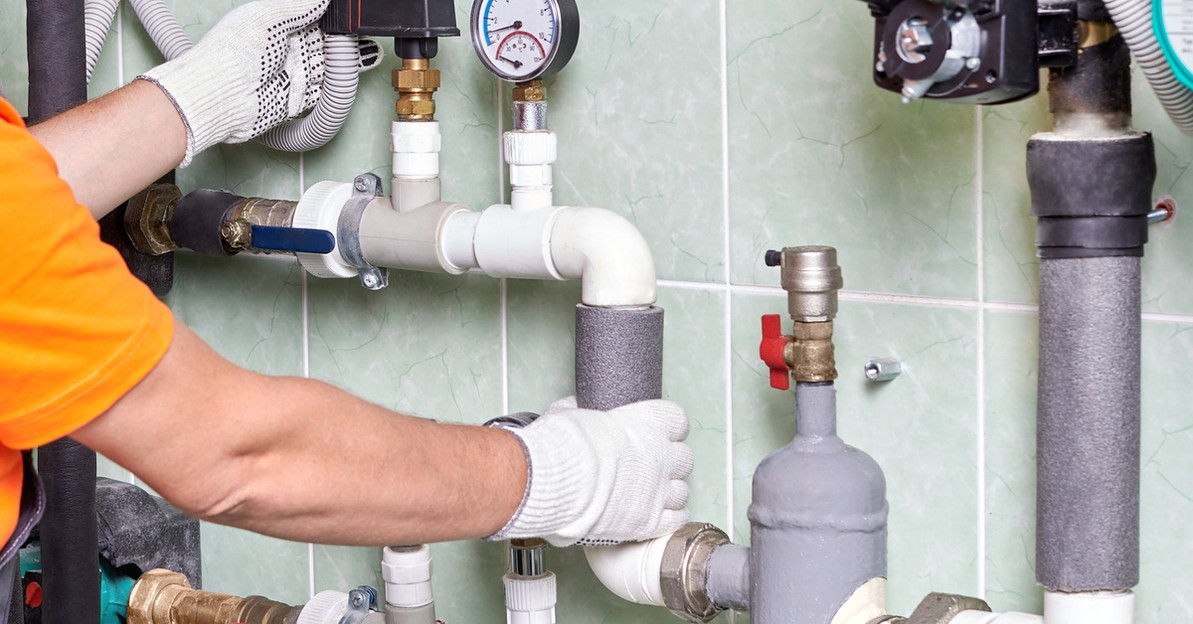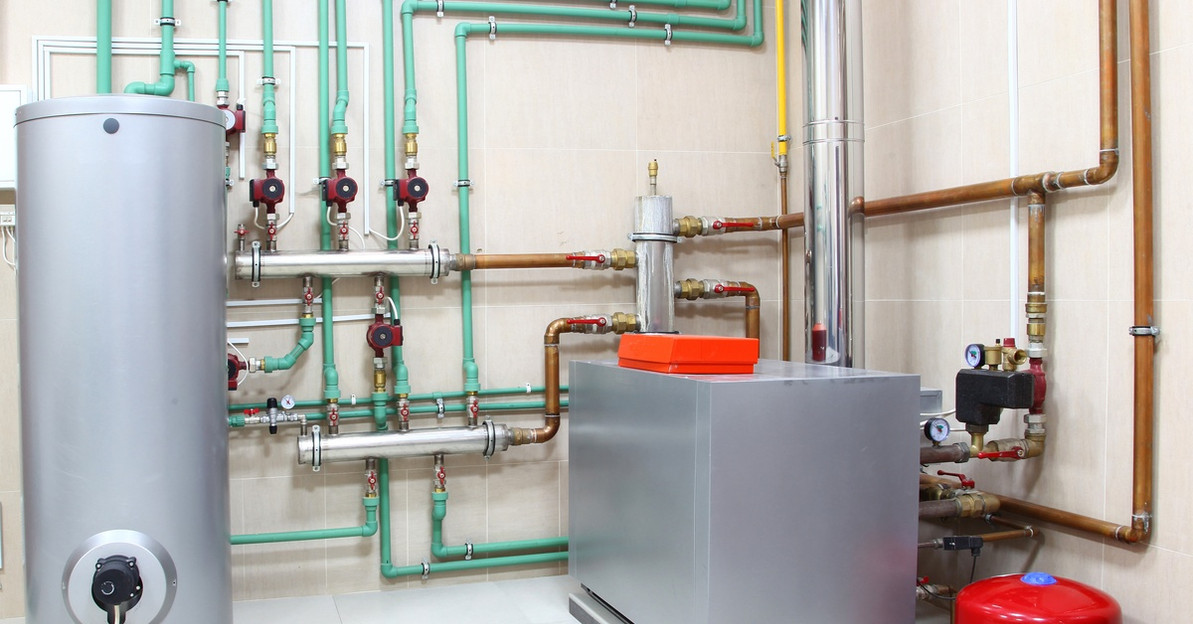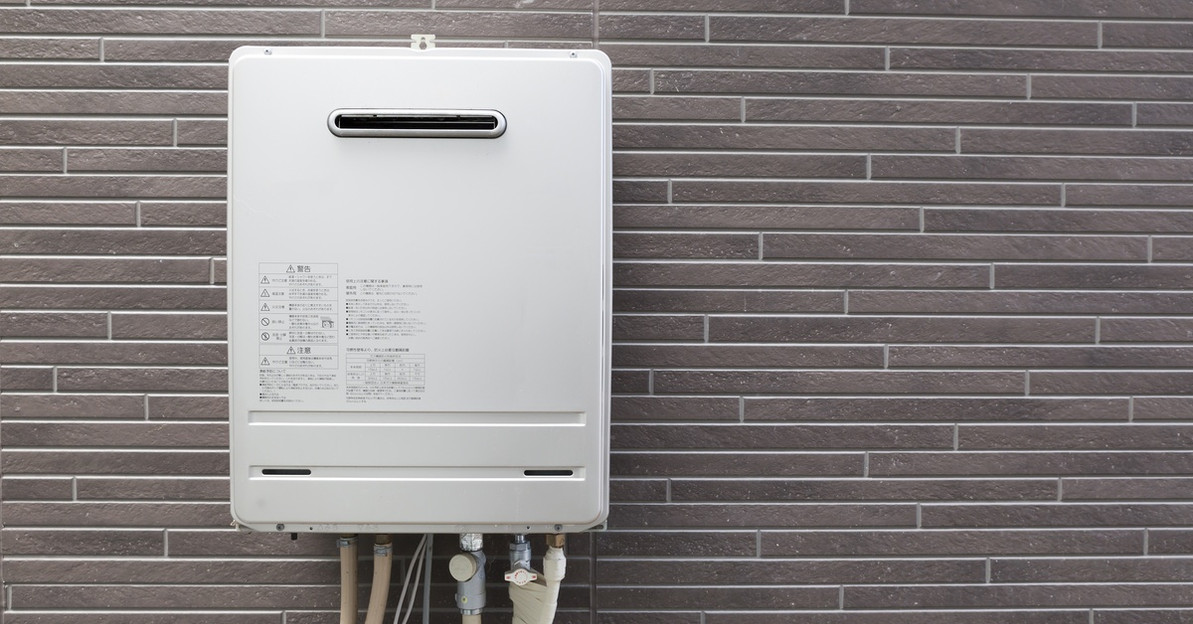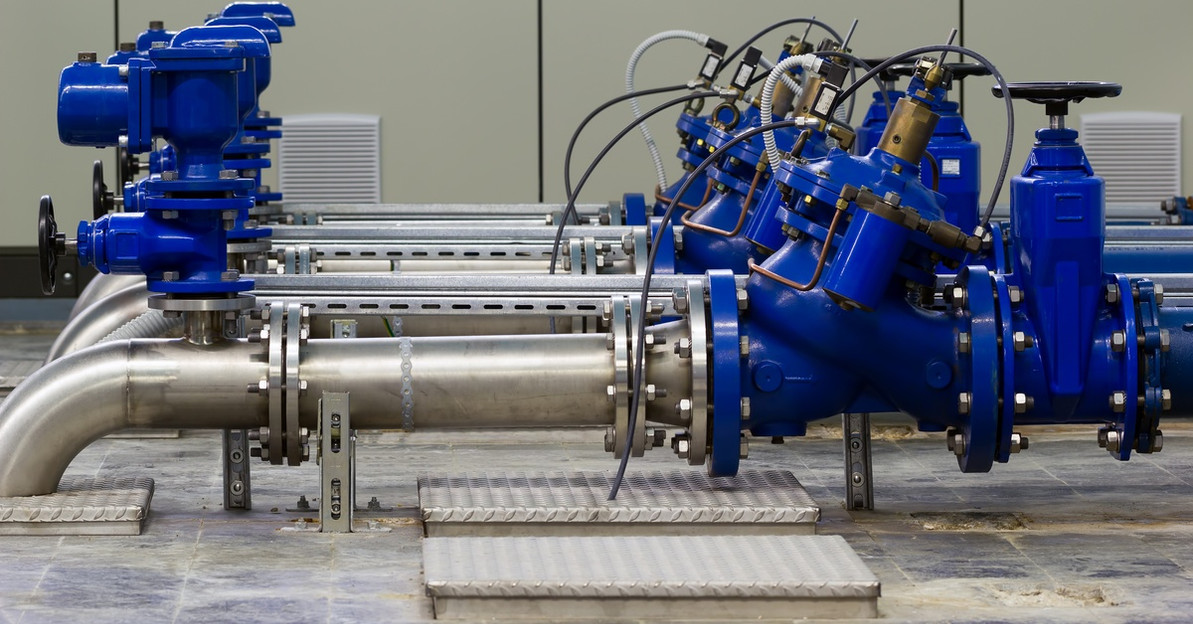Integrating Water Heaters With Building Management Systems
When you think about building management systems (BMS), water heaters probably aren’t the first thing that comes to mind. But these unsung heroes of comfort and efficiency play a bigger role than you might expect. Whether it’s ensuring a steady supply of hot water for showers, kitchens, or industrial processes, water heaters are a critical piece of the puzzle in creating a well-oiled, energy-efficient building.
So, what happens when you integrate these workhorses with a smart building management system? The answer: better energy efficiency, lower costs, and a more sustainable operation. In this guide, we’ll explore how it can transform the way you manage your building’s energy use. Let’s dive in!
Start by Assessing Compatibility
Before you begin wiring or programming, the first step is to confirm that your water heater and BMS can work together. Modern commercial hot water heaters often come with built-in communication ports or offer optional gateways designed for external control systems using standard protocols.
Look for models that support BACnet, Modbus, or LonWorks. If your existing water heater is an older, non-communicating model, you aren’t completely out of luck. You might be able to use relays and sensors for basic control, but it’s crucial to understand the limitations.
Choose the Right Communication Protocol
Once you’ve confirmed your equipment is compatible, focus on the communication protocol—the language your systems will use to talk to each other. Getting this right is vital for a reliable connection. The most common protocols are BACnet, Modbus, and LonWorks.
BACnet is often the industry standard, offering great interoperability between devices from different manufacturers. Modbus is simpler and has been around for a long time, making it a reliable choice for many applications. LonWorks provides a robust, decentralized control system. The best choice depends on what your BMS already uses. It's far easier to select a water heater that speaks the native language of your BMS than to try and translate between two different protocols.
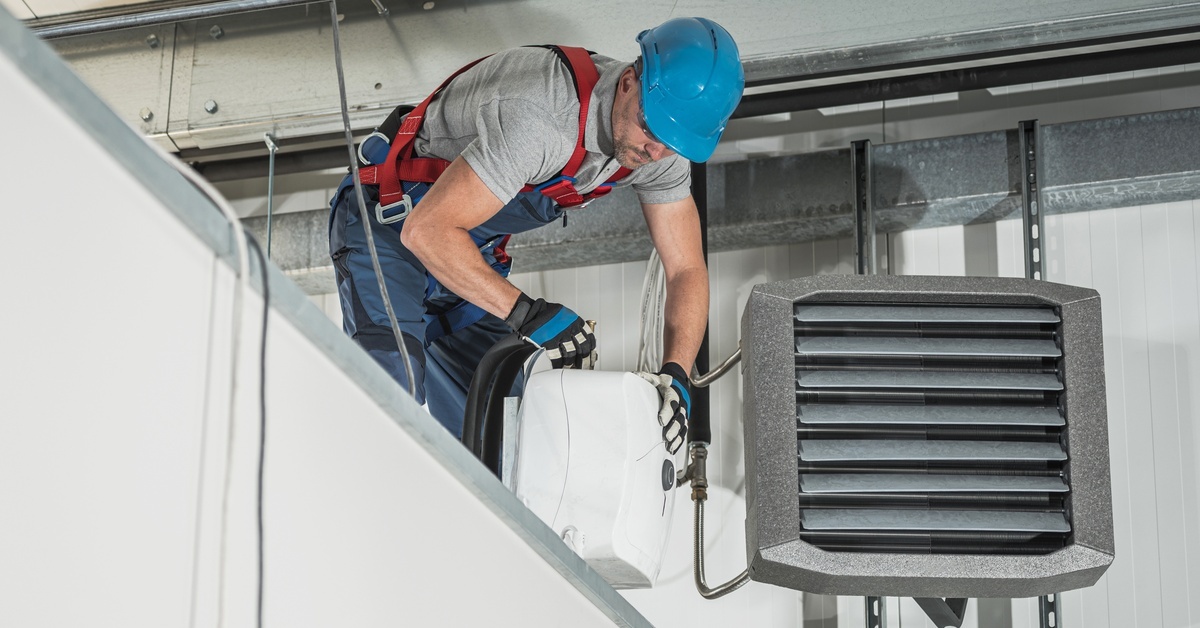
Plan Your Control Strategy in Detail
A well-defined control strategy is your roadmap to maximizing efficiency. Think about how you want the system to operate. Will you implement temperature setbacks during unoccupied hours, like overnight or on weekends? Do you want to use load-shedding strategies that temporarily lower the temperature setpoint during peak electricity demand periods to reduce utility costs?
Another effective strategy is scheduling, where the BMS can run the heaters to pre-heat water during off-peak hours when energy rates are lower. Mapping out these specific actions will help your programmer configure the BMS correctly and ensure you unlock the full energy-saving potential of the integration.
Implement Comprehensive Monitoring and Alarming
A major benefit of BMS integration is the ability to see exactly what your water heater is doing in real time. Don’t just settle for basic on and off controls. Set up monitoring for key data points like inlet and outlet water temperatures, burner or element status, runtime hours, and energy consumption. This data is invaluable for understanding performance and identifying inefficiencies.
Next, configure intelligent alarms. Instead of just a generic “fault” alert, create specific alarms for conditions, such as low temperature, no water flow, or excessive runtime. These detailed alerts allow your facility team to diagnose problems quickly and accurately, often before building occupants even notice an issue.
Prioritize a Phased Commissioning Process
When it’s time to bring the newly integrated system online, avoid the temptation to flip the switch and walk away. A phased commissioning process is essential for a successful launch. Start by testing the physical connections to ensure everything is wired correctly. Then, verify that the BMS can successfully read data points from the water heater.
Once communication is confirmed, begin testing the control sequences one by one. For example, manually trigger a temperature setback and confirm the water heater responds as expected. Test each alarm to ensure notifications are sent to the right people.
Lean on the Experts for Guidance
Even with excellent planning, integrating new technology can present unexpected hurdles. This is where leaning on the expertise of manufacturers and BMS providers becomes invaluable. These experts have deep knowledge and can offer technical support that saves you from costly trial and error.
Before finalizing your integration plan, schedule a consultation with both your water heater manufacturer’s technical team and your BMS provider. They can provide detailed documentation, wiring diagrams, and specific configuration parameters. Furthermore, they might reveal advanced capabilities you hadn’t considered, such as predictive maintenance alerts. Their engineers can also advise on best practices for your specific building and usage patterns, ensuring your system is optimized for performance and energy savings right from the start.
Involve Your Facility Team Early and Often
The most advanced system in the world is only effective if the people operating it understand how to use it. Involve your facility and maintenance teams in the integration process from the beginning. Their practical experience with the building’s daily operations can provide crucial insights during the planning and strategy phase.
As the system goes live, provide them with thorough training on the new BMS interface. Show them how to monitor performance, interpret alarms, and manually override the system if necessary. When your team understands the “why” behind the new control strategies—such as how scheduling saves money—they are more likely to embrace the technology and use it effectively.
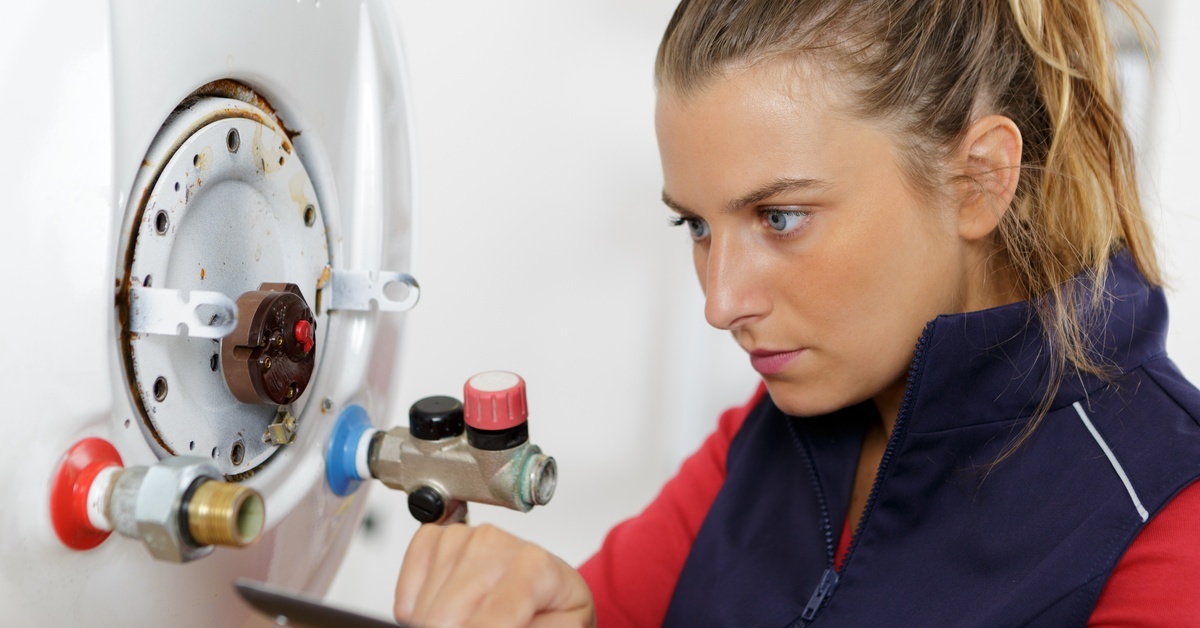
Review and Optimize Performance Post-Integration
Integration isn’t a one-and-done project. To get the most out of your investment, plan to review and optimize the system’s performance over time. After the system has been running for a few weeks, dive into the data you’re collecting. Are the energy savings matching your projections? Are the temperature setbacks working without causing complaints from occupants?
You might find that your initial schedule is too aggressive or not aggressive enough. Use the trend logs in your BMS to analyze patterns in hot water demand and adjust your control strategy accordingly. Maybe you can shorten the morning warm-up cycle or lower the setback temperature even further on weekends. Continuous improvement is key to maximizing efficiency and ensuring the system adapts to the changing needs of your building.
Now What?
Integrating your building’s water heaters into a BMS is a shift in how you view and manage your building’s ecosystem. While the immediate benefits of cost savings and efficiency are compelling, the long-term value lies in future-proofing your facility. As buildings become smarter and sustainability goals more ambitious, having an interconnected and responsive infrastructure is no longer a luxury—it’s a necessity.
This single integration is a powerful step toward a more holistic building management philosophy. It prepares your property for what’s next, whether that’s participating in utility demand-response programs or incorporating even more advanced predictive analytics. You’re not just connecting a water heater; you’re building a more resilient, intelligent, and adaptable facility for years to come.
Recent Posts
-
A Guide to Implementing Indirect Water Heating With Boilers
Choosing the right water heating method for your home or business significantly impacts energy effic …Dec 9th 2025 -
How Tankless Water Heaters Can Benefit Commercial Kitchens
A commercial kitchen operates at a fast pace and maintains very high performance standards. Every pi …Dec 3rd 2025 -
Noise Reduction Strategies for Urban Booster Pump Installs
In densely populated urban areas, every sound matters. The constant hum of traffic, construction, an …Dec 2nd 2025


